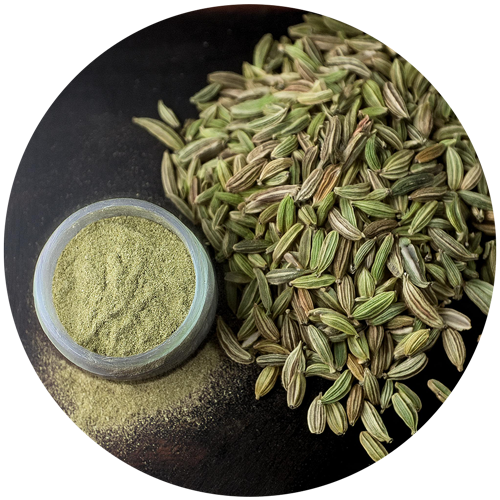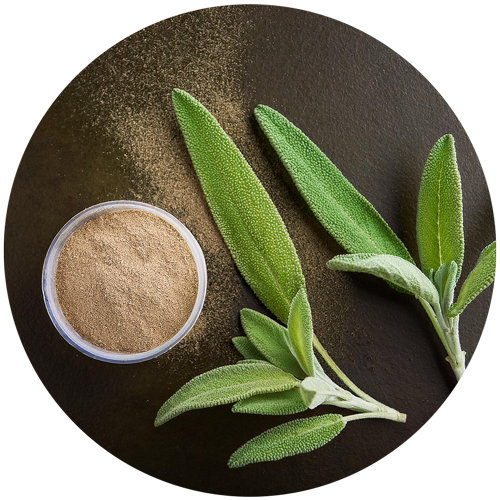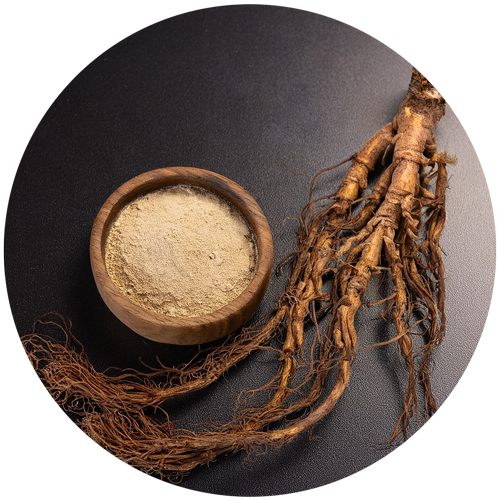

SWEET FENNEL
 Upper airways
Upper airways  Premenstrual syndrome
Premenstrual syndrome  Menopause
Menopause  Renal function
Renal function  Galactogen
Galactogen  Digestion
Digestion Fennel seed Foeniculum vulgare comes from a herbaceous plant in the Umbelliferae family. Widely cultivated throughout the world, it has numerous properties, notably for the digestive system.
Our references
Regulations
and analysis
Identification : TLC
Data on traditional use
Cahier de l’agence du médicament (France):
-
Facilitate digestion
-
Soothe digestive abdominal spasms
-
Facilitates the body’s elimination functions: renal water and digestive elimination
EMA monograph :
-
Used for gastrointestinal spasms (including bloating and flatulence)
-
Used for menstrual spasms
-
Used for the upper respiratory tract
WHO monograph :
-
Used for indigestion, bloating and flatulence
-
Used to soothe the upper respiratory tract
-
Used for menstrual pain
Monographie Canada :
-
Used to relieve digestive disorders including bloating and flatulence
-
Relieve menstrual pain
-
Used for the upper respiratory tract
Plant bylaw file
Association ideas by health axis
Select one or more axes:

Detailed description
Fennel Foeniculum vulgare is a herbaceous plant belonging to the Umbelliferae (Apiaceae) family. Its greenish seed can be recognized by its 3 to 5 lines.
Fennel has been known since ancient times. Originally from the Mediterranean basin, it is now cultivated in many countries, notably China and India.
It is traditionally used for gastric comfort, abdominal spasms of digestive origin and intestinal transit. It is also used as a galactogenic agent. Fennel seed essential oil is said to have liver-healthy properties and to act on the upper airways. Finally, in vivo studies have demonstrated its nootropic and antioxidant activity.
Phytochemical studies have shown the presence of volatile compounds found in essential oil, flavonoids mainly quercetin and kaempferol, phenolic compounds, fatty acids and amino acids in fennel seeds.












